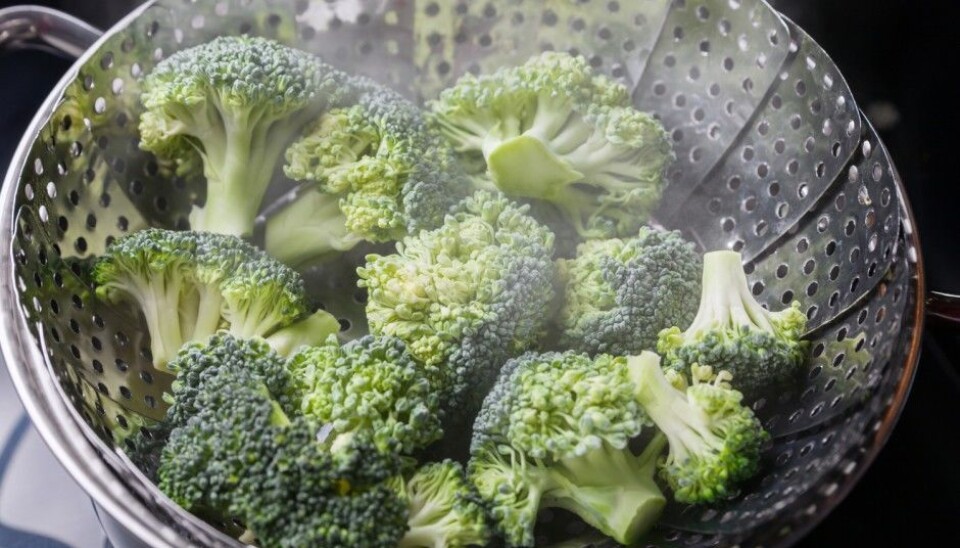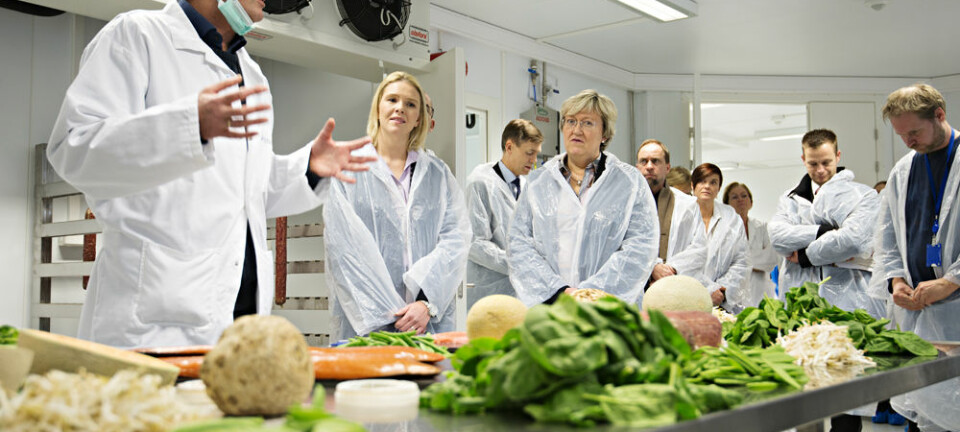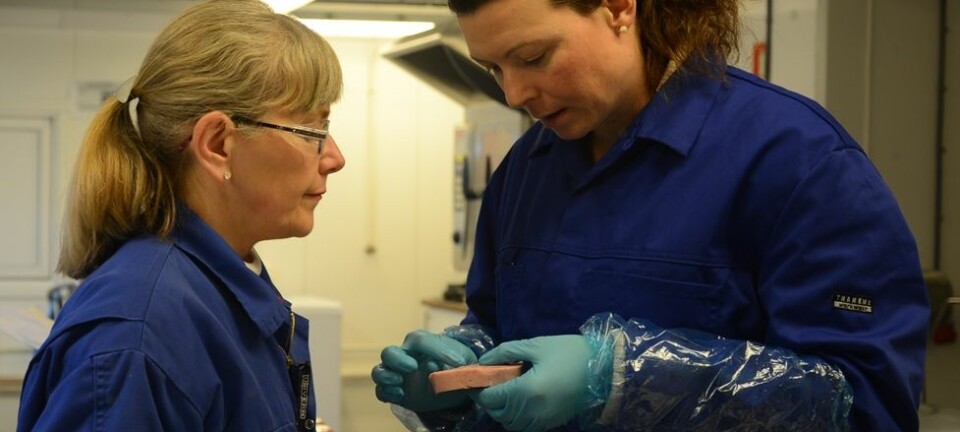
Why you should steam your veggies
There's no doubt: vegetables are good for you. But researchers point out that common cooking methods are wasting vital nutrients.
Sales of vegetables in Norway have risen by 25 percent in the last decade, according to Statistics Norway. Most people have learned that eating plenty of vegetables is vital in a healthy diet.
The main thing to know about vegetables is to get them regularly on your plate and down your gullet.
Some are fine raw. But if you cook them, pay heed to what scientists say about the preparation of vegetables.
Half can go to waste
“From 20 to 50 percent of the vitamins, minerals and healthy plant matter can go down the drain with the used water if the vegetables are boiled,” says Grethe Iren Borge, a senior researcher at the Norwegian Institute of Food, Fisheries and Aquaculture Research (Nofima) in Ås, Norway.
“If you steam the vegetables instead, you reduce this loss by half.”
Steam baskets that fit inside of pots, or just call them steam pots or steamers, used to be in nearly every Norwegian kitchen. When ScienceNordic hunted for one in Oslo recently, it was a rarity among the huge range of items the posh design kitchenware stores. We ended up having to go to a hardware store to find an ordinary steamer.
Steaming best
Nutritionists in a number of countries have compared various ways of cooking vegetables – boiling, steaming, stir-frying in a wok and microwaving. Nofima in Ås, on the outskirts of Oslo, contributes to such research.
As a rule, steaming veggies turns out to be the best option, while boiling them in water is your worst bet.
“I generally steam all the vegetables I prepare myself. I have several steamers and one went along with my son when he moved to student lodgings last year,” says Grethe Iren Borge.
In particular, vegetables like broccoli, cauliflower and Brussel sprouts should be steamed if you want to retain the nutrients. The same goes for asparagus, corn and spinach.
It doesn’t matter so much whether you boil or steam carrots and potatoes. If you do wish to steam such root vegetables, they should be cut into pieces to reduce cooking time.
Using as little time as possible
Research has also shown that you should use as little time as possible cooking vegetables.
Get the water up to a boil first, whether you want to steam or simply boil the vegetables. Stir-frying and pan frying of vegetables should also be done as quickly as possible, which calls for a high temperature.
If you make soups or stewed vegetables it does not matter that the vegetables get boiled. This is because you also consume the water that boiled them, with its rich supply of antioxidants, vitamin C and beneficial polyphenols.
A broccoli study
Broccoli contains a host of healthy vitamins and fibre-related substances. But much of this can be lost during cooking.
A Chinese study of broccoli showed that cooking methods led to major losses of substances we would like to retain. The exception was steaming.
A third of the vitamin C content vanished during boiling and a fourth was lost when broccoli was fried in a regular pan or stir-fried in a wok. But hardly any of vitamin C disappeared when it was steamed.
Half of many of the nutrients in broccoli were lost when the vegetable was heated by any of the alternatives to steaming.
Stir-frying in woks, boiling and steaming are common methods of cooking in China. Oriental kitchens often use nifty multi-tiered woven bamboo steam baskets.
Both the use of woks and microwave ovens are better alternatives than boiling. But again, the best thing to do is to steam those greens.
Some will surely say the supreme thing is to eat vegetables raw. This is right in some cases. But not always. For example, tomatoes become healthier when treated with heat. The heating process is an effective way of breaking down certain substances in vegetables which diminish the body’s capacity to digest their valuable nutrients.
——————————————————-
Read the Norwegian version of this article at forskning.no
Translated by: Glenn Ostling

































